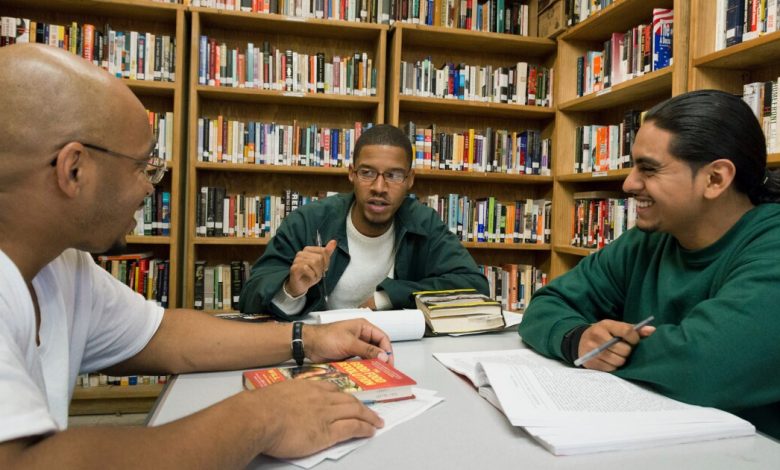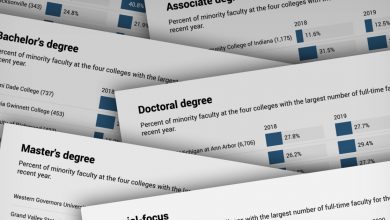Dozens More Colleges Can Now Enroll Incarcerated Students With Pell Grants

[ad_1]
The Department of Education on Tuesday made more than 70 institutions newly eligible to participate in its Second Chance Pell Experiment in an effort to make a college education more accessible to incarcerated people.
This marks the third round of the Second Chance Pell Experiment, an initiative first launched in 2015 by the Obama-Biden administration to expand Pell Grant access for incarcerated students. There are now 200 institutions approved to participate in the experiment, broadening it to almost all 50 states, ahead of the broader reinstatement of Pell Grant access for incarcerated students starting July 1, 2023.
The department hopes this expansion will allow for opportunities “to study the best practices” for implementing next year’s reinstatement and “allow for a wider variety of postsecondary education programs that serve a more diverse population,” according to a news release. The selected public two- and four-year institutions may begin accessing Pell Grant funds as early as July 1 of this year.
The department’s Tuesday announcement also affirms that incarcerated students will qualify for a “fresh start,” meaning that those who have defaulted on their loans will be returned to good standing. Incarcerated individuals were twice as likely as the broader population to be denied Pell Grants because they had defaulted loans.
Including MSIs and Community Colleges
Out of the 73 institutions that were added to the Second Chance Pell Experiment, 24 are historically Black institutions and minority-serving institutions. That’s intentional, says Margaret diZerega, director of the Unlocking Potential Initiative at the Vera Institute of Justice, which has been working closely with the Education Department since it launched this program.
The U.S. prison population is disproportionately people of color.
The percentage of Black students in Second Chance Pell programs is nearly 2.5 times higher than on college campuses; and 11 percent of students who participate in these programs are Hispanic compared to 20 percent of students on college campuses, according to the institute’s four-year report.
“We certainly know from the broader higher-education field that having faculty that reflect the student population is important,” diZerega said. HBCUs and MSIs typically have more faculty of color who can relate to and engage with minority students, she said.
The Vera Institute wants to ensure that ”the enrollment and completion rates of people of color in prison are at the same level as their white counterparts in prison.”
The majority of Second Chance Pell institutions are community colleges, which play a particularly important role in supporting the incarcerated-student community, according to diZerega.
“Community colleges particularly have a strong track record of partnering with employers and thinking about the work-force needs of that community,” she said.
Adapting Campus Ecosystems
Incarcerated people who participate in postsecondary-education programs are 48–percent less likely to return to prison than those who do not. And in data collected from 2016 to 2021, more than 28,000 people in prison have enrolled in postsecondary education, according to a news release from the Vera Institute.
Through the program, colleges have been able to forge relationships with nearby correctional facilities as they figure out how best to serve incarcerated students. And campus ecosystems have adapted to accommodate this group, says diZerega.
At some institutions, staff on campus serve as “re-entry navigators,” helping formerly incarcerated students readjust; at other colleges, student groups have formed specifically by and for incarcerated students.
Partnering colleges have also formed relationships with potential employers to meet with students pre-release. At Milwaukee Area Technical College, for example, a group of incarcerated women had completed a welding certificate and had jobs waiting for them upon their release.
“The more that colleges are coming into prisons, meeting students, forming partnerships with corrections departments, you can see how all these other connections come with it,” diZerega said. “Be that career services or academic advising, all of those things are going to help students complete their education and then pursue the kinds of careers that they they’re interested in.”
[ad_2]
Source link






